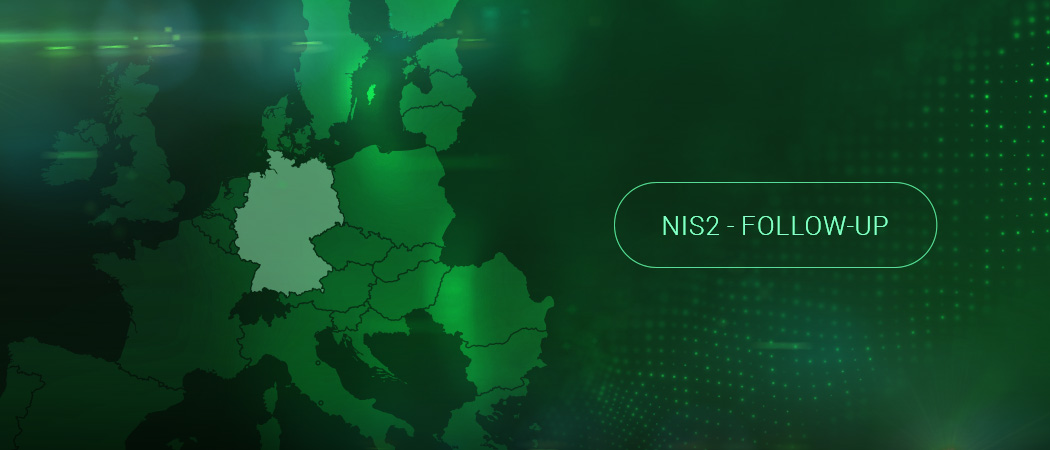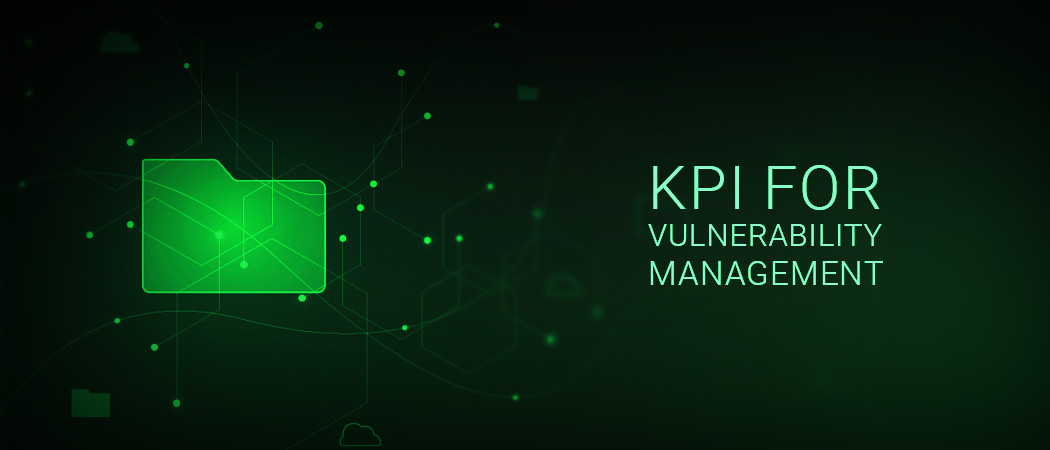Microsoft Windows remains the most widely used desktop operating system in enterprise environments – and also one of the most targeted by threat actors. Insecure configurations are a leading source of security breaches [1][2][3], often exploited to gain initial access [TA0001], escalate privileges [TA0004], steal credentials [TA0006], establish persistent access [TA0003], and move laterally within a network [TA0008]. Many national cybersecurity agencies continue to advocate strongly for organizations to enact policies to strengthen operating system (OS) baseline configurations [4][5][6][7][8].

Securing Windows 11 systems requires more than just patching known vulnerabilities. IT operations should start by deploying security hardened baseline images of Windows and periodically verify their configuration. This means adjusting many hidden or often overlooked settings of Microsoft Windows while disabling some features altogether. Hardened security controls include enforcing strong password and account lockout policies, disabling unnecessary system services like Remote Registry, applying application control rules via AppLocker, configuring advanced audit policies to monitor system activity and more.
Aligning with these enterprise IT cybersecurity goals, Greenbone is proud to announce the addition of CIS Microsoft Windows 11 Enterprise Benchmark v3.0.0 Level 1 (L1) auditing to our compliance capabilities. This latest enhancement allows our Enterprise feed customers to verify their Windows 11 configurations against the CIS compliance standard and adds to Greenbone’s growing arsenal of CIS compliance policies including Google Chrome, Apache, IIS, NGINX, MongoDB, Oracle, PostgreSQL, Windows, Linux and Docker [1][2]. Read on to find out more about Greenbone’s latest IT security detection capabilities.
Greenbone Adds CIS Microsoft Windows 11 Enterprise Benchmark
The CIS Microsoft Windows 11 Enterprise Benchmark v3.0.0 L1 is now available in the Greenbone Enterprise Feed. This benchmark defines a comprehensive set of security configurations – from Group Policy and registry hardening to built-in feature restrictions – designed to lock down Windows 11 Enterprise in line with industry best practices. With this new addition, Greenbone makes it easier to identify Microsoft Windows misconfigurations before attackers can exploit them.
Our Enterprise vulnerability feed leverages compliance policies to execute tests to verify each automatable CIS L1 requirement. These tests are grouped into scan configurations, allowing security teams to launch targeted assessments across their Windows 11 fleet. Whether aligning with internal security mandates or regulatory frameworks, Greenbone’s audit will confirm your Windows 11 Enterprise settings, ensuring that systems are locked down and that deprecated or risky features are disabled.
Windows Security Is Paramount
Microsoft Windows plays a prominent role in enterprise IT environments, serving as the backbone for endpoints, servers and domain infrastructure. But this ubiquity also makes it a prime target. Insecure Windows configurations can open the door to Remote Code Execution (RCE), credential theft and privilege escalation. A serious cyber breach can result in full domain compromise, ransomware attacks, loss of customer confidence, regulatory fines and even high cost legal action such as class action lawsuits when user data is leaked.
In recent years, national cybersecurity agencies – including Germany’s BSI [9], the U.S. Cybersecurity and Infrastructure Security Agency (CISA) [10] and the Canadian Centre for Cyber Security [11] among others [12][13] – have issued alerts emphasizing the need to harden OS security configurations and disable legacy features that attackers routinely exploit. The increasing frequency and sophistication of adversarial threat actors further underscores the need for proactive Windows security.
Misconfigurations in Windows can have a cascading impact, compromising both the local system and the wider network. That’s why hardening efforts must go beyond vulnerability patching to include robust configuration management. Greenbone’s new CIS Windows 11 Enterprise compliance policy gives defenders the tools they need to strengthen resilience against many critical IT security weaknesses.
How Does the CIS Windows 11 Benchmark Improve Cybersecurity?
The CIS Microsoft Windows 11 Enterprise Benchmark offers a structured approach to securing Microsoft Windows endpoints. It defines configuration settings that could be used for unauthorized access, privilege abuse and system compromise. The benchmark audits a wide range of policies including account security, system services, network configurations, application controls and administrative templates to reduce attack surface and improve system integrity.
The major sections of the CIS Windows 11 benchmark are:
- Account Policies: Defines policies for password complexity, history, expiration and account lockout thresholds. These settings help enforce strong authentication hygiene and limit brute-force attacks.
- Local Policies: Focuses on enforcing a wide array of local access controls and system behavior. It covers audit settings, user rights assignments (like who can log in locally or shut down the system) and security options (like guest account status, access tokens, network access, device drivers, firmware options and cryptography requirements) and more.
- System Services: Reduces attack surface by limiting active system components. Recommends disabling or configuring Windows services that may be unnecessary or expose the system to risk (e.g., Remote Registry, FTP, Bluetooth, OpenSSH, Geolocation service and more).
- Windows Defender Firewall with Advanced Security: Covers firewall configurations for domain, private and public profiles. Includes rules for logging, connection restrictions and blocking unsolicited inbound traffic to enforce network segmentation and traffic control.
- Advanced Audit Policy Configuration: Provides granular auditing settings across categories like logon events, object access and policy changes to enhance visibility and compliance.
- Administrative Templates (Computer): Covers Group Policy settings at the computer level, including UI restrictions, legacy protocol controls, SMB hardening, UAC behavior and device configuration.
- Administrative Templates (User): Focuses on user-level policies affecting personalization, privacy, desktop behavior, Windows components, telemetry, cloud content, search and Microsoft Store access.
Greenbone Is a CIS Consortium Member
As a member of the CIS consortium, Greenbone is committed to adding additional scan configurations to attest CIS Benchmarks. All our CIS Benchmarks policies are aligned with CIS hardening guidelines and certified by CIS, ensuring maximum security for system audits. Greenbone also has a dedicated compliance view for the Greenbone Security Assistant (GSA) web-interface, to streamline the assessment process for organizations.
Summary
Securing Microsoft Windows 11 Enterprise requires more than patching vulnerabilities – it demands a disciplined approach to configuration management based on proven best practices. By hardening hidden system settings and disabling unnecessary features, security teams can prevent exploitation paths commonly used by attackers to deploy ransomware, exfiltrate data or establish persistence.
With added support for the CIS Microsoft Windows 11 Enterprise Benchmark v3.0.0, Greenbone strengthens its position as a leader in proactive cybersecurity, offering enterprises the tools they need to reduce risk, demonstrate compliance and stay resilient in an increasingly hostile digital landscape. Enterprise Feed subscribers can now audit and verify their Windows 11 configurations with precision and confidence














